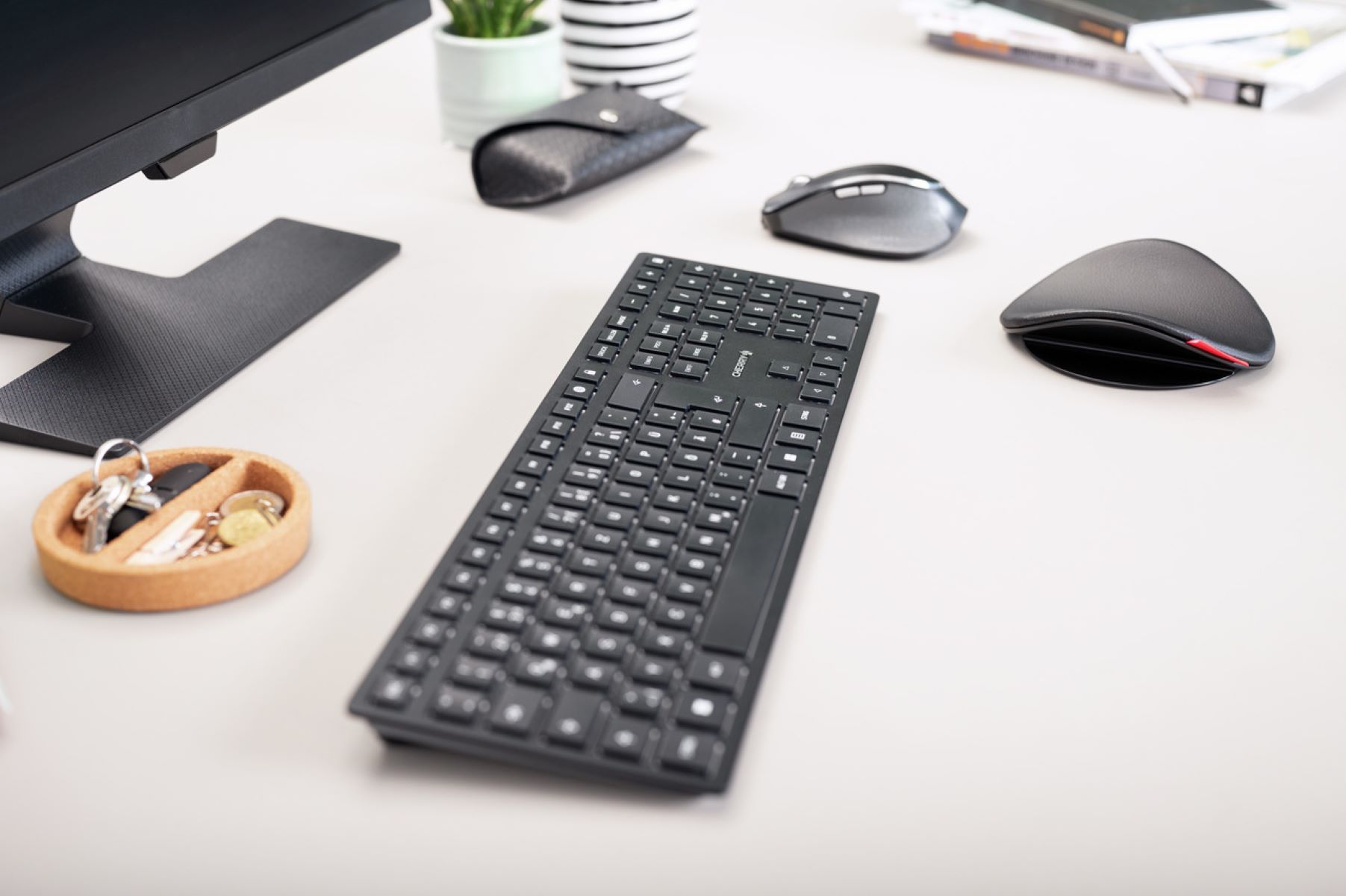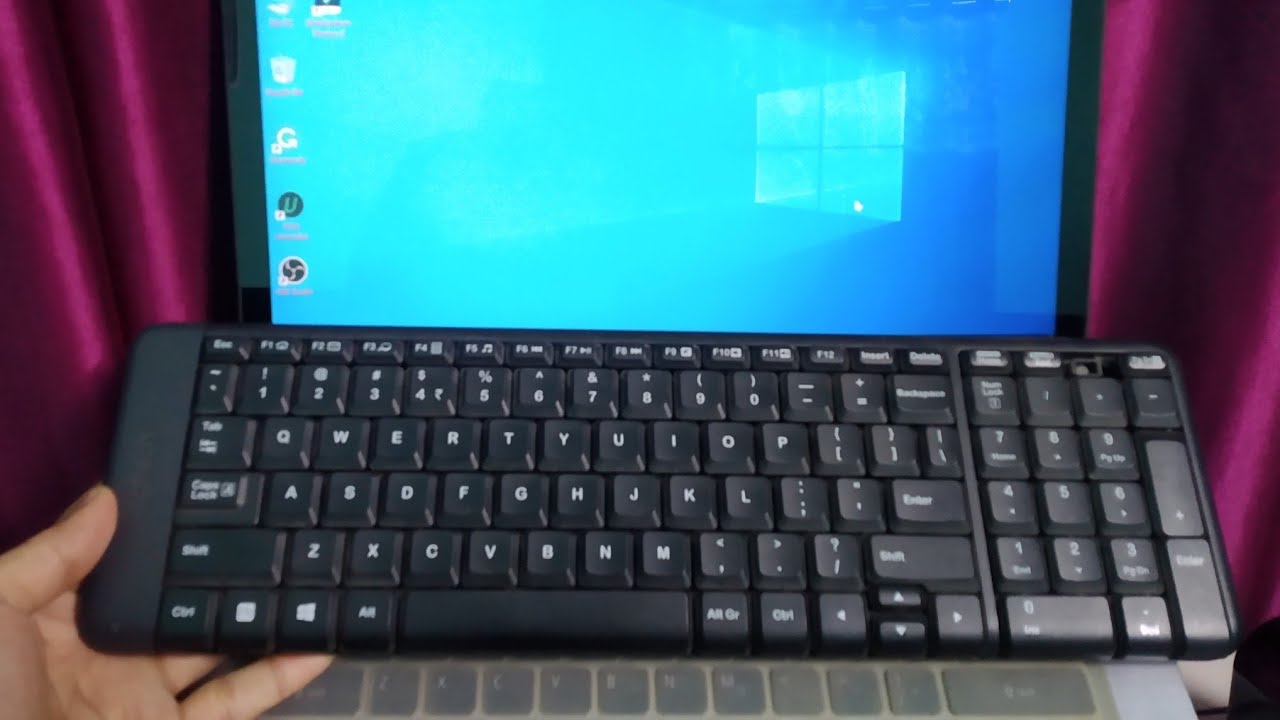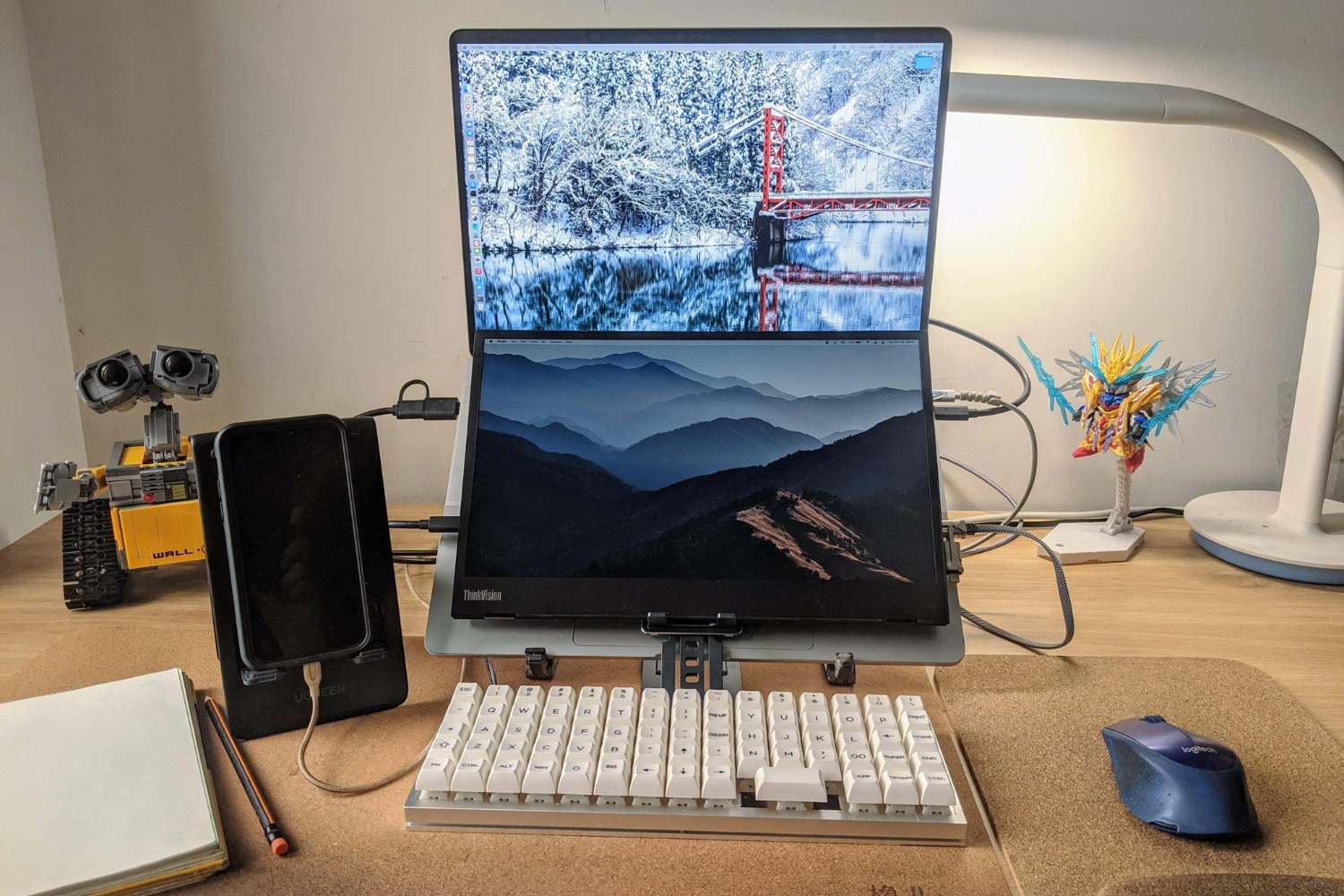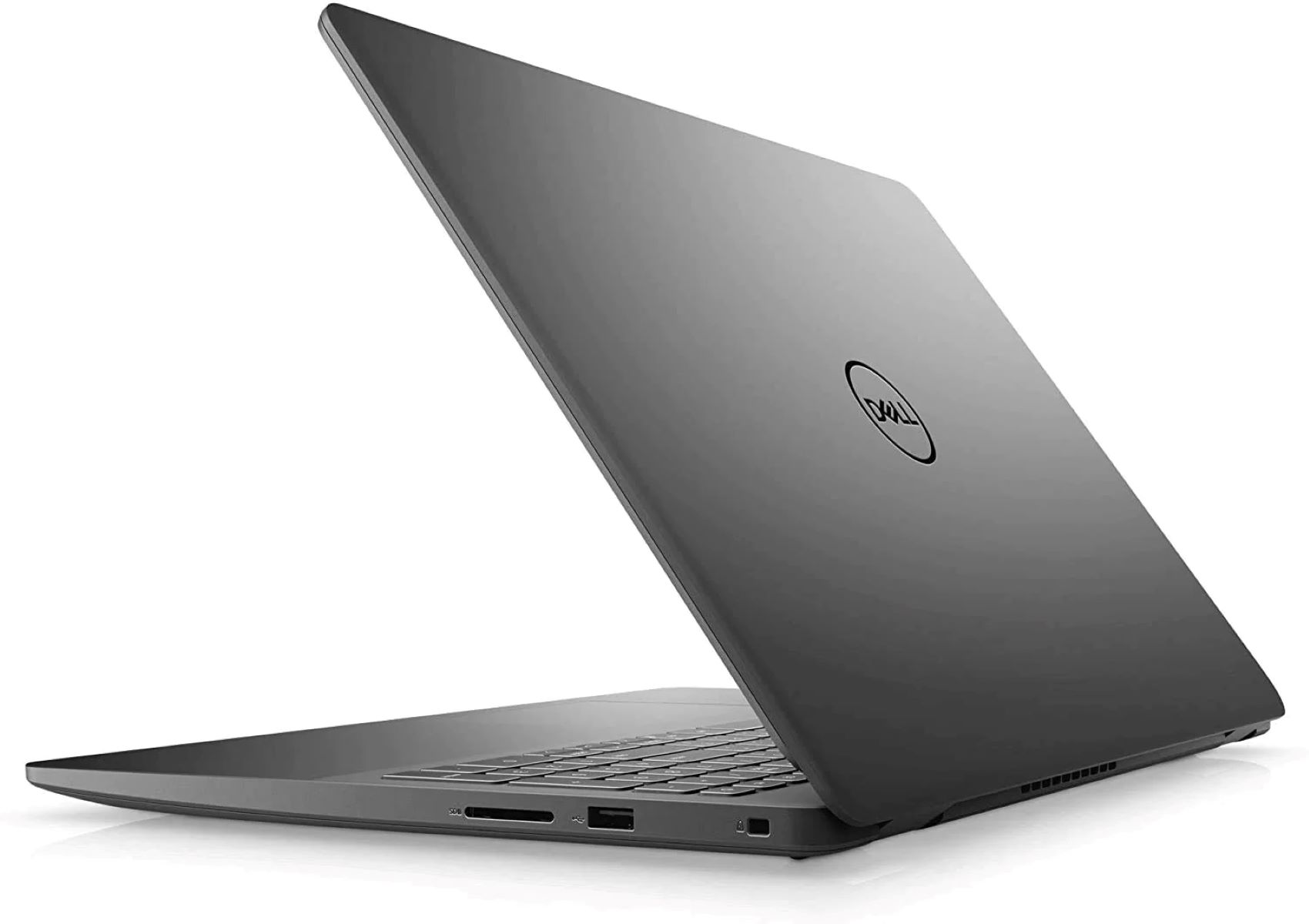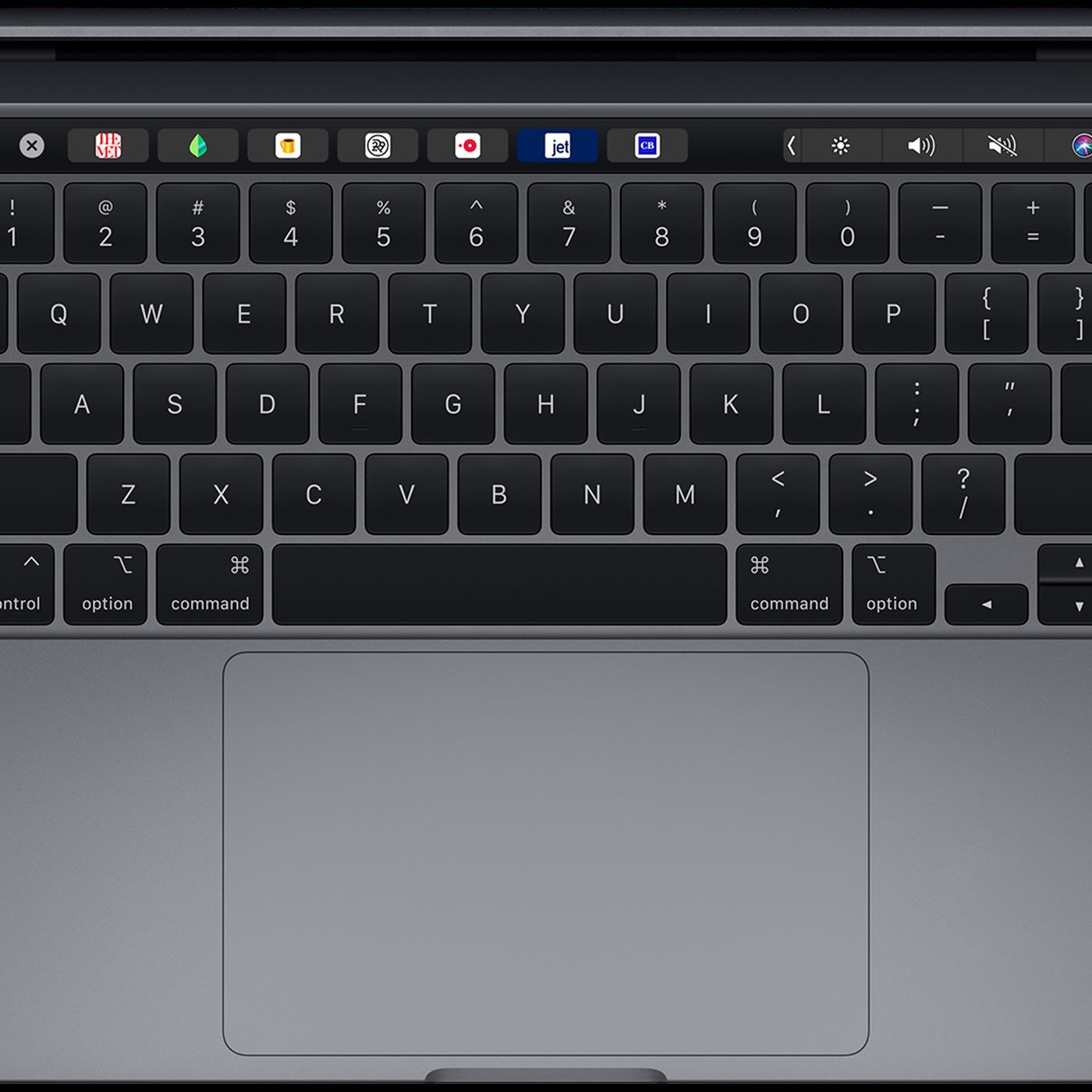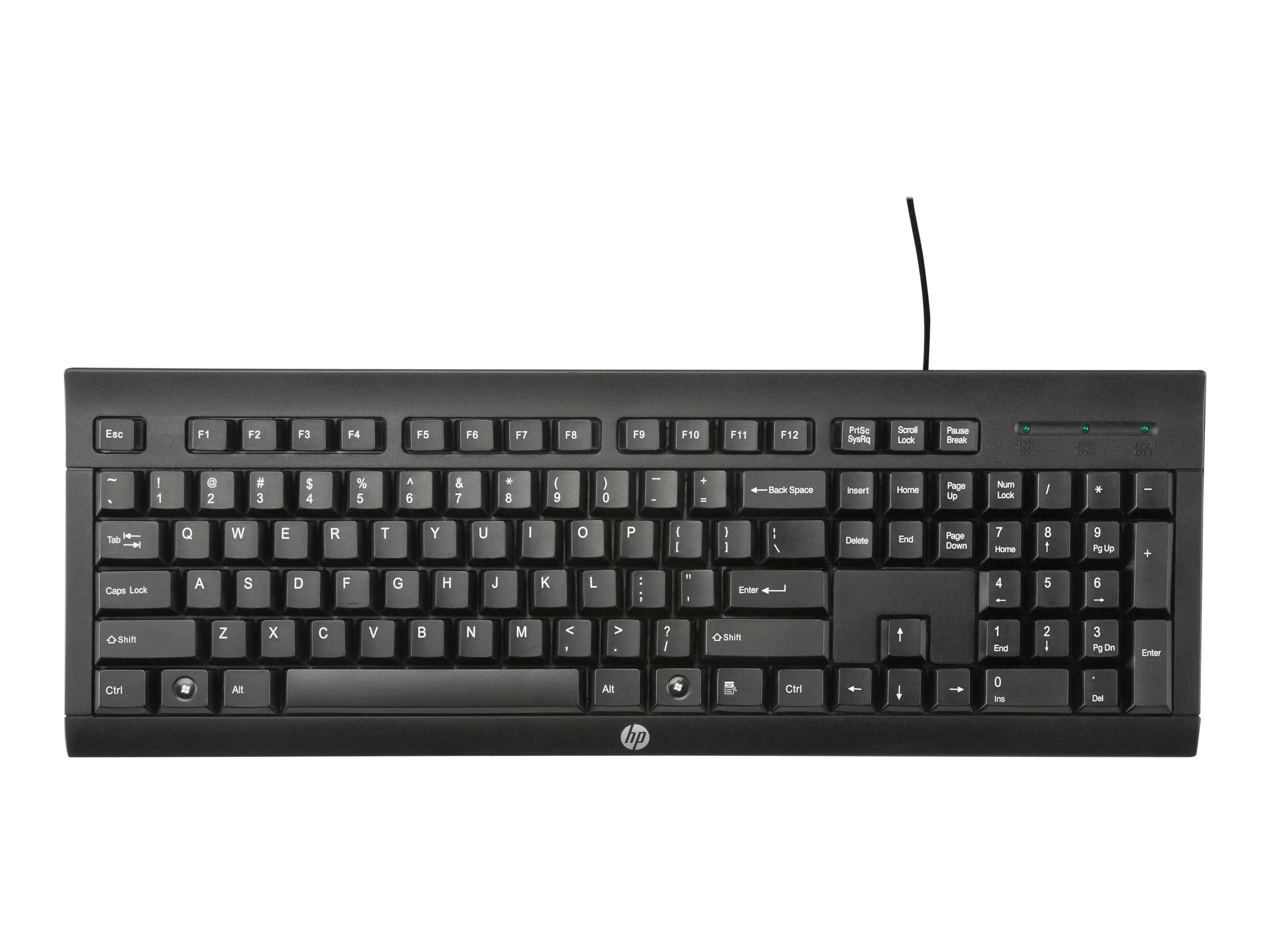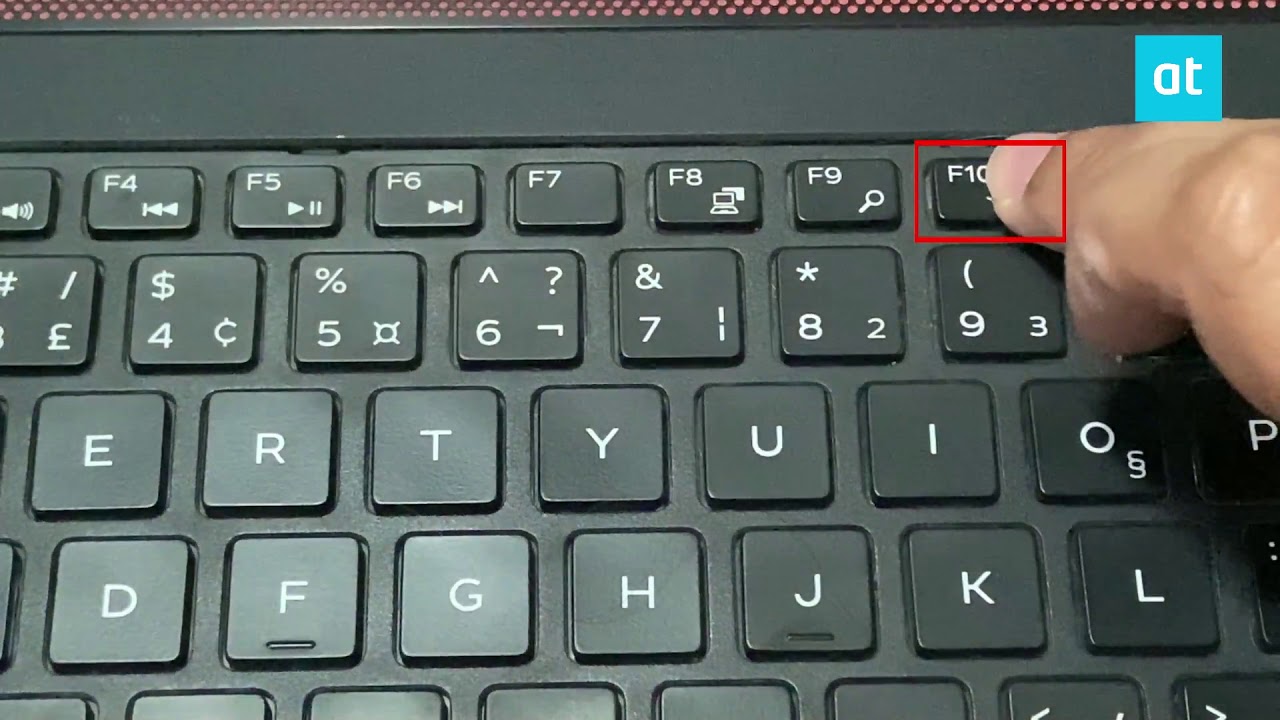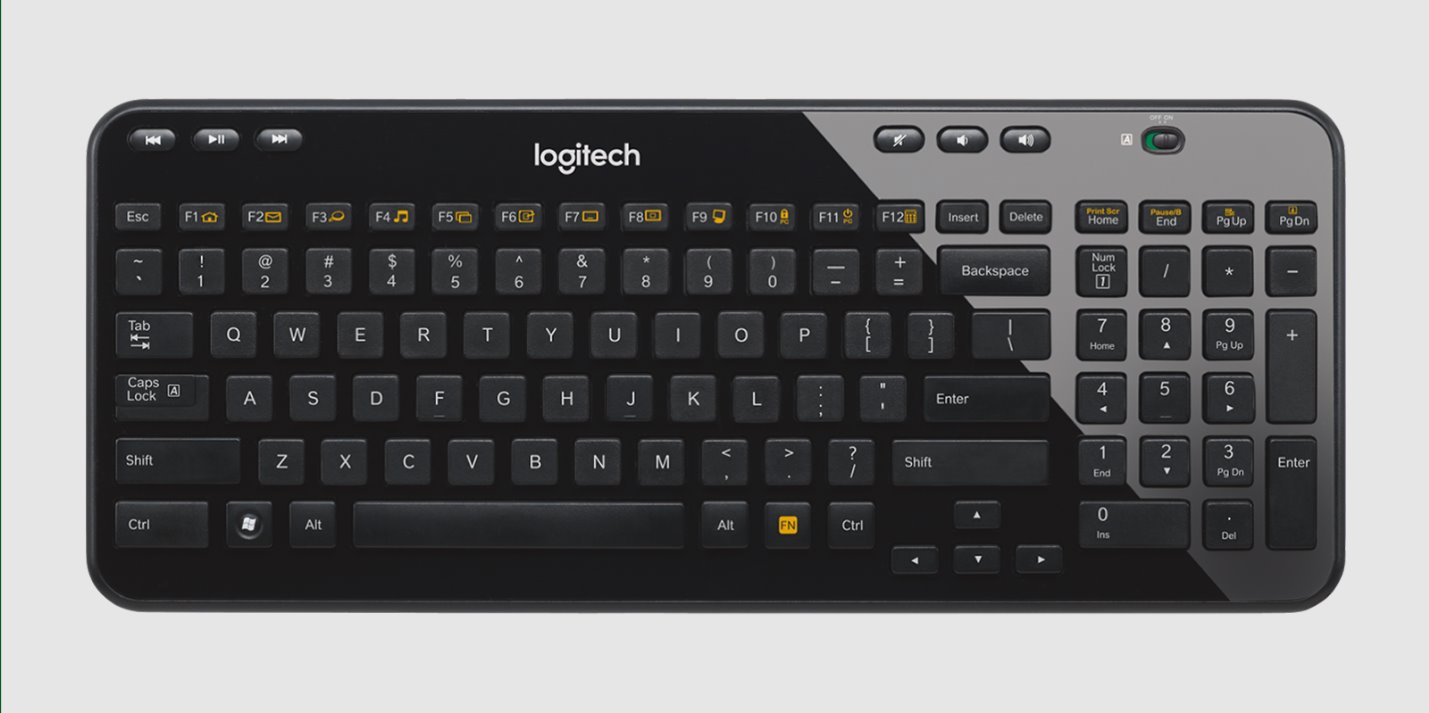Introduction
Wireless keyboards have become increasingly popular due to their convenience and flexibility. They allow users to work on their laptops without the clutter of tangled cables. Whether you’re typing up a report for work, responding to emails, or simply browsing the web, a wireless keyboard offers a comfortable and efficient typing experience.
If you’ve recently purchased a wireless keyboard and want to connect it to your laptop, you’re in the right place. In this guide, we’ll walk you through the step-by-step process of connecting a wireless keyboard to your laptop. You don’t need to be a tech expert to follow these instructions – they are simple and easy to understand.
Before diving into the steps, it’s important to note that the process may vary slightly depending on the type of wireless keyboard and laptop you have. However, the basic principles remain the same regardless of the specific models. So, let’s get started and have your wireless keyboard connected to your laptop in no time!
Step 1: Check the compatibility
Before attempting to connect a wireless keyboard to your laptop, it’s important to ensure that the two devices are compatible. Compatibility issues can prevent the keyboard from functioning properly or even connecting at all. Here are a few things to consider:
- Operating system compatibility: Check if your wireless keyboard is compatible with the operating system running on your laptop. Most wireless keyboards are designed to work with popular operating systems like Windows, macOS, and Linux. Ensure that the keyboard you have supports your laptop’s operating system.
- Connection type: Wireless keyboards usually connect using either Bluetooth or a USB receiver. Determine which type of connection your keyboard uses and make sure that your laptop has the necessary capabilities. If it’s Bluetooth-enabled, ensure that your laptop has built-in Bluetooth or a Bluetooth adapter. If it requires a USB receiver, make sure your laptop has an available USB port.
- Battery type: Wireless keyboards are powered by batteries, either disposable or rechargeable. Check the type of batteries required for your keyboard and ensure you have them available. If the keyboard uses rechargeable batteries, make sure they are charged before attempting to connect.
- Range: Consider the range of your wireless keyboard, especially if you plan to use it from a distance. Some keyboards have longer ranges than others, which can be useful if you prefer to work away from your laptop.
By checking the compatibility between your wireless keyboard and laptop, you can avoid any potential issues down the line. This step ensures that both devices work harmoniously and saves you from frustration while trying to connect them. Once you’ve determined the compatibility, you’re ready to move on to the next steps.
Step 2: Insert batteries in the wireless keyboard
Most wireless keyboards require batteries to function. Before attempting to connect the keyboard to your laptop, you’ll need to insert the batteries. Here’s how:
- Check the battery compartment: Locate the battery compartment on the back or underside of your wireless keyboard. It may have a small latch or cover that you’ll need to open.
- Insert the batteries: Depending on the keyboard, you may need to use either disposable batteries or rechargeable ones. Follow the instructions provided in the keyboard’s manual to know which type and how many batteries to insert. Ensure that you insert them correctly, aligning the positive and negative terminals according to the markings.
- Secure the battery compartment: Once the batteries are inserted, close the battery compartment securely. Make sure it is properly sealed to prevent the batteries from falling out or losing contact.
It’s worth noting that most wireless keyboards have a power-saving feature that automatically turns off the keyboard when it’s not in use. This helps prolong battery life. If your keyboard has an on/off switch, ensure that it is turned on before proceeding.
By inserting the batteries correctly and ensuring the keyboard is powered on, you’re one step closer to connecting it to your laptop. Make sure to use the appropriate batteries and follow the instructions provided by the manufacturer to avoid any potential issues.
Step 3: Turn on the wireless keyboard
Once you’ve inserted the batteries in your wireless keyboard, the next step is to turn it on. Follow these instructions to power up your keyboard:
- Locate the power button: Look for the power button or switch on your wireless keyboard. It is usually located on the top or side of the keyboard, but the placement may vary depending on the model.
- Turn on the keyboard: Press and hold the power button for a few seconds until you see a light indicator or some other sign that the keyboard is powered on. Some keyboards may have an LED light that illuminates when turned on.
- Verify the keyboard is functioning: Once you’ve turned on the keyboard, test it by pressing a few keys to ensure that it is functioning correctly. This will also help you verify that the batteries are properly inserted.
Remember, if your wireless keyboard has an auto-sleep function to conserve battery life, it may take a few seconds for it to wake up and establish a connection with your laptop. Be patient while the keyboard powers on, and avoid pressing any keys until it is fully active.
By turning on your wireless keyboard, you’re now ready to proceed with the next steps to connect it to your laptop. Keep the keyboard powered on throughout the remaining steps to ensure a seamless connection process.
Step 4: Enable Bluetooth on your laptop
In order to connect your wireless keyboard to your laptop, you’ll need to ensure that Bluetooth is enabled. Follow these steps to enable Bluetooth on your laptop:
- Open the settings: Click on the Start menu or press the Windows key, then navigate to the Settings icon (represented by a gear or cogwheel).
- Select the “Devices” option: In the Settings window, locate and click on the “Devices” option. This will open the device settings on your laptop.
- Navigate to Bluetooth settings: Within the Devices window, there should be a sidebar menu on the left. Click on the “Bluetooth & other devices” option to access the Bluetooth settings.
- Turn on Bluetooth: Look for the Bluetooth toggle switch and move it to the “On” position. This will enable Bluetooth on your laptop.
- Verify Bluetooth is enabled: Once you’ve turned on Bluetooth, you should see a Bluetooth icon or indicator in the system tray or taskbar of your laptop. This indicates that Bluetooth is now active and ready to connect to other devices.
Note: The steps to enable Bluetooth may vary slightly depending on the operating system of your laptop. If you’re using macOS or Linux, the process may have some differences, but the general idea is the same – navigate to the system settings and enable Bluetooth from there.
By enabling Bluetooth on your laptop, you’re setting the stage for a successful connection with your wireless keyboard. Now that Bluetooth is active, you can move on to the next step of putting the keyboard in pairing mode.
Step 5: Put the keyboard in pairing mode
Now that Bluetooth is enabled on your laptop, it’s time to put your wireless keyboard in pairing mode. Pairing mode allows your keyboard to be discoverable and connectable to your laptop. Here’s how to do it:
- Refer to the manual: Each wireless keyboard has its own unique way of entering pairing mode. Consult the user manual that came with your keyboard to locate the specific instructions.
- Press the pairing button or key combination: Some keyboards have a dedicated pairing button, while others require you to press a specific key combination to enter pairing mode. Typically, the pairing button or key combination is labeled with an icon resembling a wireless signal or two arrows forming a circle.
- Wait for the indicator: After initiating pairing mode, your wireless keyboard should have an indicator light or other sign that it is in pairing mode. This might be a flashing light or a specific color pattern. Refer to the manual for any specific indications.
- Confirm pairing mode: On your laptop, navigate to the Bluetooth settings page and look for available devices. Your wireless keyboard should appear on the list of discoverable devices. If it doesn’t, try repeating the steps or consult the manual for troubleshooting guidance.
It’s important to note that the steps to enter pairing mode may vary depending on the model and manufacturer of your wireless keyboard. Some keyboards may require you to enter a passcode or confirm a pairing request on your laptop during the process. Refer to the manual for any additional instructions specific to your keyboard.
By putting your wireless keyboard in pairing mode, you’ve completed a crucial step in the connection process. Now, it’s time to move on to the final step and actually connect the keyboard to your laptop.
Step 6: Connect the wireless keyboard to your laptop
Now that your wireless keyboard is in pairing mode, you’re ready to connect it to your laptop. Follow these steps to establish a connection:
- Select your keyboard: On your laptop’s Bluetooth settings page, you should see a list of available devices. Look for your wireless keyboard in the list and click on it to select it for pairing.
- Follow any on-screen instructions: Depending on your laptop and keyboard, you may be prompted to enter a passcode or confirm the pairing request. If prompted, enter the passcode provided in the keyboard’s manual or onscreen instructions. This is a security measure to ensure that you’re connecting the correct keyboard to your laptop.
- Wait for the connection: After confirming the pairing request, your laptop will establish a connection with the wireless keyboard. This may take a few moments, so be patient and allow the devices to establish a secure connection.
- Test the keyboard: Once the connection is established, test your wireless keyboard by typing on it. Ensure that the keystrokes register on your laptop’s screen. You can also try out the special function keys or other features of the keyboard to ensure everything is working correctly.
If the connection fails or the keyboard doesn’t function properly, double-check that both devices are in range of each other and that Bluetooth is still enabled on your laptop. If issues persist, consult the troubleshooting section of your keyboard’s manual or reach out to the manufacturer’s support.
By successfully connecting your wireless keyboard to your laptop, you’ve completed the final step in the process. Congratulations! Enjoy the freedom and convenience of using your wireless keyboard for work, communication, or entertainment purposes.
Conclusion
Connecting a wireless keyboard to your laptop can greatly enhance your productivity and comfort while working or browsing. By following the simple steps outlined in this guide, you can successfully connect your wireless keyboard to your laptop and enjoy the benefits of wireless typing.
Throughout the process, it’s crucial to ensure compatibility between your keyboard and laptop, insert the batteries correctly, turn on the keyboard, enable Bluetooth on your laptop, put the keyboard in pairing mode, and finally, establish the connection. By carefully following these steps, you can avoid any potential issues and seamlessly connect your wireless keyboard.
Remember, if you encounter any difficulties during the connection process, consult the user manual that came with your specific keyboard. Additionally, reach out to the manufacturer’s support or online communities for assistance and troubleshooting tips.
With your wireless keyboard successfully connected to your laptop, you can enjoy the convenience of a clutter-free workspace and the freedom to work from a comfortable distance. Whether you’re a student, professional, or casual user, a wireless keyboard can elevate your computing experience.
So, go ahead and connect your wireless keyboard to your laptop, and start typing away with ease and flexibility. Happy typing!







